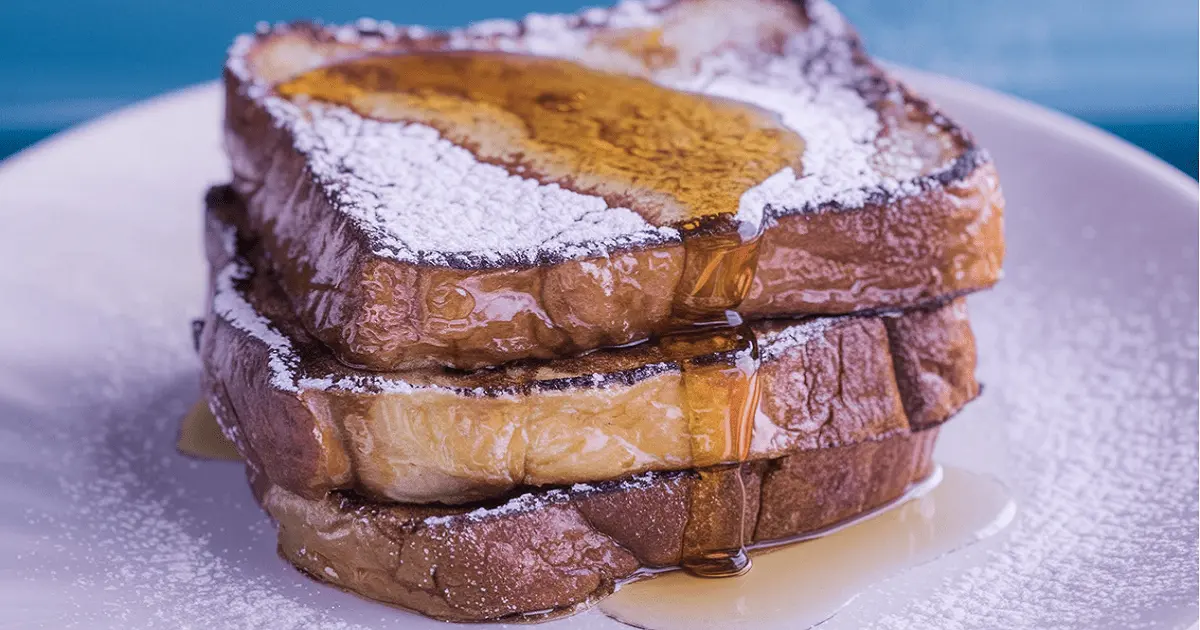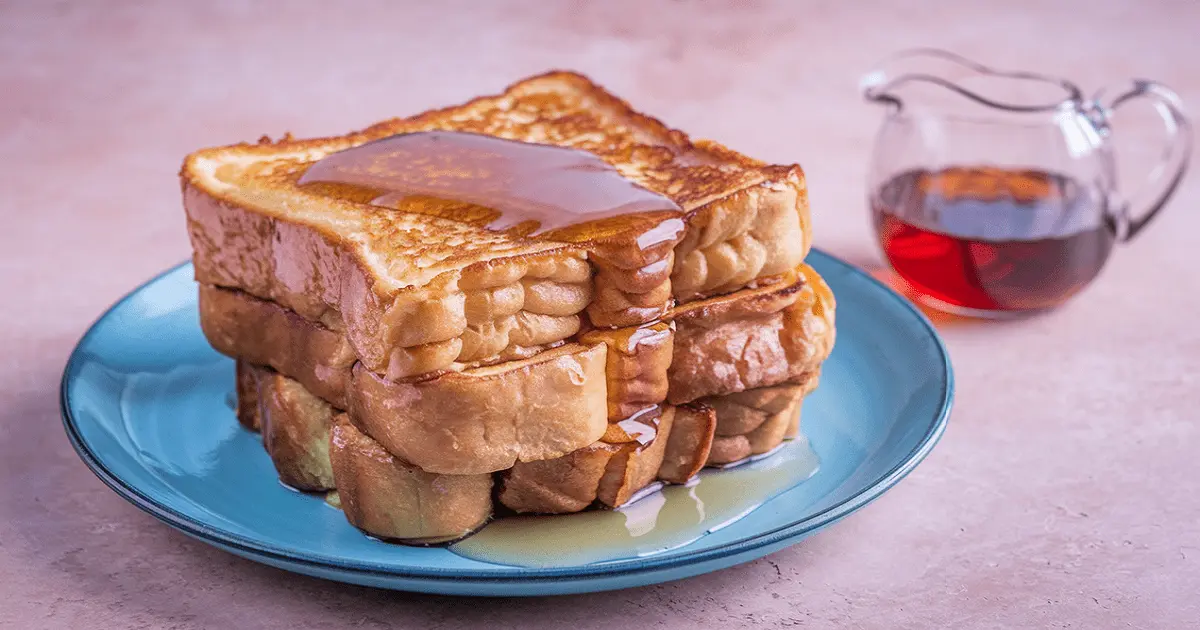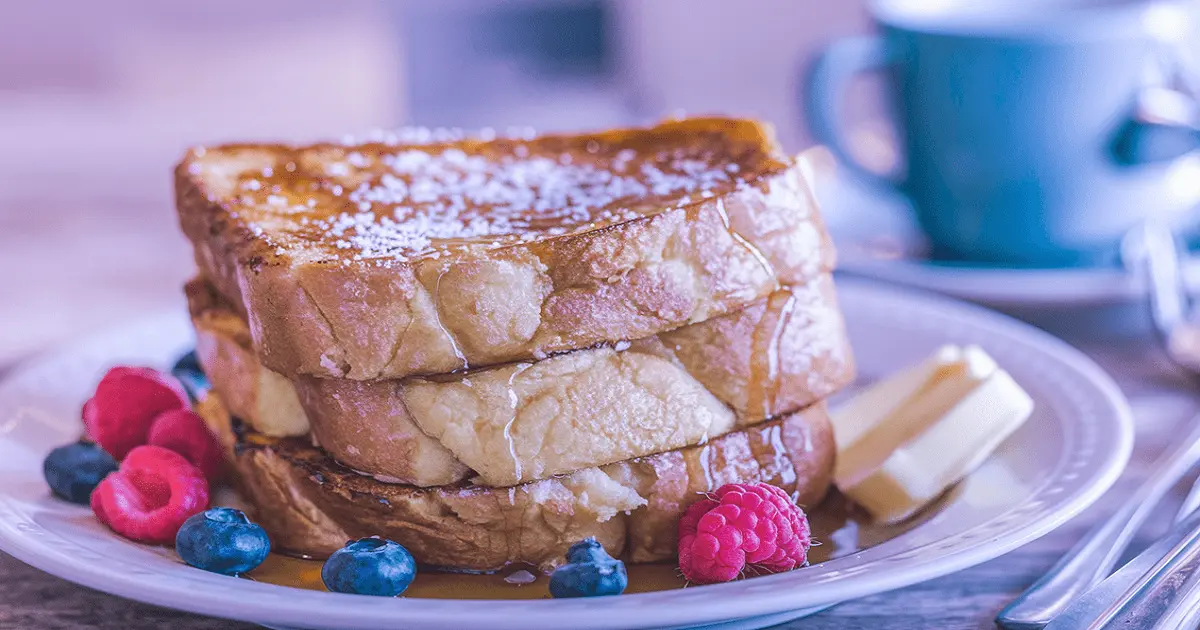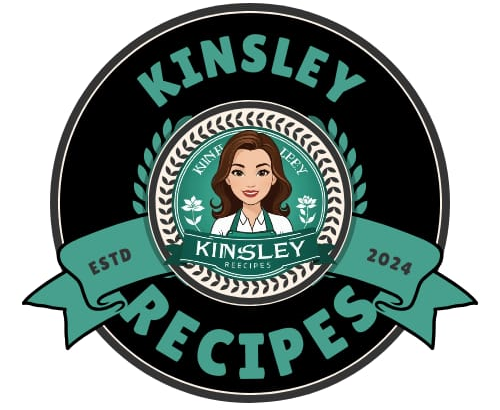If you’re searching for the perfect breakfast treat, look no further than Fluffy French Toast. This classic dish is beloved for its light, airy texture and rich, comforting flavors. Whether you’re preparing a special brunch or simply want to elevate your everyday breakfast, mastering the art of fluffy French toast is sure to impress. This guide will walk you through everything you need to know to create the fluffiest French toast, from selecting the right ingredients to cooking techniques and serving suggestions.
Why Fluffy French Toast Is a Breakfast Favorite
Fluffy French toast is more than just a breakfast staple; it’s a dish that combines simplicity with a touch of elegance. The key to its appeal lies in the texture—a perfect slice of French toast should be crisp on the outside while remaining soft and pillowy on the inside. Achieving this balance requires careful attention to the ingredients and cooking methods.
Making French toast at home also allows you to customize the recipe to suit your tastes, whether that means adding a hint of cinnamon, a splash of vanilla, or serving it with fresh fruit. Plus, when you prepare it yourself, you can ensure that only the best ingredients are used, making the dish both delicious and satisfying.
For those interested in understanding the best types of bread for French toast, check out this detailed article on bread types. It will help you choose the ideal bread for the fluffiest French toast.
Essential Ingredients for Fluffy French Toast
Creating the perfect Fluffy French Toast starts with choosing the right ingredients. Here’s what you’ll need:
- Thick-Cut Bread: The key to creating fluffy French toast lies in the bread. Choose thick slices like brioche, challah, or Texas toast for the best results.These types of bread are slightly sweet and absorb the egg mixture without falling apart.
- Eggs: Eggs are crucial as they provide structure and richness to the toast. They help create that custardy interior, which is essential for fluffy French toast.
- Milk or Cream: Use whole milk, half-and-half, or cream to add richness to the egg mixture. The higher the fat content, the richer and creamier your French toast will be.
- Sugar: A little sugar in the egg mixture adds a touch of sweetness, helping to caramelize the outside of the toast when cooked.
- Vanilla Extract: Vanilla enhances the flavor of the French toast, giving it a warm, inviting aroma.
- Cinnamon: This spice is optional but highly recommended. It adds a warm, comforting flavor that pairs perfectly with the sweetness of the toast.
- Butter: Butter is used for cooking the French toast, ensuring a golden-brown exterior while adding richness to the dish.

Optional Add-ins
To personalize your French toast, consider these optional ingredients:
- Nutmeg: A pinch of nutmeg adds a subtle, spicy note that complements the cinnamon.
- Orange Zest: Adds a fresh, citrusy flavor that brightens the dish.
- Flavored Syrups: Maple syrup, honey, or fruit-flavored syrups can be drizzled over the French toast for added sweetness.
Choosing the Right Bread
The bread you choose plays a significant role in the outcome of your French toast. Here’s why selecting the right bread is crucial:
Importance of Bread Selection
Bread is the foundation of French toast, and its texture directly impacts the final dish. Using the wrong type of bread can result in soggy, dense, or dry toast. The goal is to choose a bread that can absorb the egg mixture without becoming mushy, while still holding its shape when cooked.
Best Types of Bread for Fluffy French Toast
- Brioche: Known for its rich, buttery flavor, brioche is a top choice for French toast. Its slightly sweet flavor and soft crumb make it ideal for soaking up the egg mixture.
- Challah: This traditional Jewish bread is light and airy, with a slightly sweet flavor. It’s perfect for creating a tender, fluffy French toast.
- Texas Toast: A thicker version of white bread, Texas toast holds up well to soaking and cooking, making it a good option for French toast.
Preparing the Egg Mixture
The egg mixture is the heart of the French toast, and getting it right is essential for achieving that fluffy texture.
Creating the Perfect Egg Mixture
The egg mixture is where the magic happens. The optimal ratio for eggs to milk (or cream) is approximately one egg for every quarter cup of milk.This ratio ensures that the mixture is thick enough to coat the bread evenly but not so thick that it becomes heavy. Whisk the eggs and milk together until fully combined, adding a touch of sugar, vanilla extract, and cinnamon if desired. Whisking thoroughly incorporates air into the mixture, which helps create a lighter, fluffier texture in the final dish.
Adding Flavors
To enhance the flavor of your French toast, consider adding a few extra ingredients to the egg mixture:
- Vanilla Extract: A teaspoon of vanilla adds depth and a sweet aroma to the French toast.
- Cinnamon: A sprinkle of cinnamon adds warmth and pairs well with the sweetness of the bread.
- Sugar: If you prefer sweeter French toast, add a tablespoon of sugar to the egg mixture.

Soaking the Bread
Soaking the bread properly is key to achieving the perfect texture.
How Long to Soak the Bread
The soaking time is critical—too short, and the bread won’t absorb enough of the egg mixture; too long, and it may become too soggy. Generally, thick-cut bread should soak for about 20-30 seconds per side. This allows the bread to absorb the flavors without becoming overly saturated.
Tips for Even Soaking
- Use a Wide Dish: Soak the bread in a wide, shallow dish to ensure even coating.
- Flip Gently: Flip the bread gently in the egg mixture to avoid tearing it.
- Avoid Overcrowding: Soak one or two slices at a time to ensure each piece gets fully coated.
Cooking the French Toast
The cooking process is where the texture of your French toast is truly defined.
Choosing the Right Pan
A non-stick skillet or a cast-iron pan works best for cooking French toast. These types of pans distribute heat evenly, ensuring that the toast cooks through without burning. Preheat the pan over medium heat before adding the butter.
Cooking Techniques
- To properly heat the pan, begin by warming it over medium heat before adding a generous pat of butter. The butter should melt and begin to bubble, but not brown.
- Cook in Batches: Cook the French toast in batches, making sure not to overcrowd the pan. This allows each piece to cook evenly and develop a golden-brown crust.
- Time it correctly: Toast should be cooked for approximately 2-3 minutes on each side, or until it turns golden brown. The inside should remain soft and custardy, while the outside becomes crisp and golden.
Flipping and Finishing
Flipping the French toast can be tricky, especially if it’s soaked for a long time. Use a wide spatula to gently flip the toast without breaking it. Add a little more butter to the pan after flipping for extra richness and flavor. Cook until the second side is golden brown, then transfer the toast to a warm plate.
If you’re interested in more cooking techniques for breakfast dishes, the Stuffed French Toast Recipe on Kinsley Recipes provides a delicious twist on the classic French toast.
Variations and Customizations
French toast is incredibly versatile, and there are many ways to customize the basic recipe to suit your tastes.
Gluten-Free French Toast
For gluten-free French toast, opt for gluten-free bread as a substitute.Be sure to check that all other ingredients, such as vanilla extract and any added flavors, are also gluten-free. The cooking process remains the same, though gluten-free bread may require a slightly shorter soaking time.
Dairy-Free French Toast
For a dairy-free version, replace the milk with a plant-based alternative such as almond, oat, or coconut milk. Use dairy-free butter or a neutral oil like coconut oil for cooking. These alternatives will preserve the full flavor while accommodating dietary limitations.
Savory French Toast
Savory French toast is a delicious alternative to the traditional sweet version. To make it, skip the sugar and vanilla in the egg mixture and add herbs, spices, and even grated cheese. Serve savory French toast with toppings like avocado, smoked salmon, or sautéed vegetables.
Stuffed French Toast
For an indulgent treat, try making stuffed French toast. Spread cream cheese, Nutella, or fruit preserves between two slices of bread before soaking them in the egg mixture. Cook as usual, ensuring the filling is heated through and the bread is golden and crisp.
Explore the Mini Cheesecake Recipe for more ideas on how to add sweet or savory fillings to your French toast. This recipe offers great inspiration for creative breakfast dishes.
Serving Suggestions and Pairings

Fluffy French toast is delicious on its own, but it can be even better with the right accompaniments.
Breakfast and Brunch Pairings
- Scrambled Eggs: Serve alongside French toast for a hearty breakfast.
- Bacon or Sausage: The savory flavors balance the sweetness of the French toast.
- Fresh Fruit Salad: Adds a refreshing contrast to the rich toast.
- Hash Browns: A crispy side dish that complements the soft texture of the toast.
Beverage Pairings
- Coffee: The bold flavors of coffee pair perfectly with the sweetness of French toast.
- Tea: A lightly spiced chai or a fruity black tea enhances the flavors.
- Fresh Juice: Orange or apple juice offers a refreshing complement to the richness of the dish.
- Smoothies: A fruit-based smoothie can add nutritional value and a fresh taste.
Plating and Presentation Tips
- Garnish with Fresh Berries: Adds color and a burst of flavor.
- Dust with Powdered Sugar: Gives the dish a classic, elegant look.
- Drizzle with Maple Syrup or Honey: Enhances the sweetness and adds moisture.
- Top with Whipped Cream: For an indulgent touch, add a dollop of whipped cream.
Nutritional Information
While French toast is a delicious treat, it’s important to be aware of its nutritional content.
Calories and Macronutrients
A typical serving of fluffy French toast contains approximately:
- Calories: 350-450 calories, depending on the ingredients and toppings.
- Protein: 8-10 grams, mostly from the eggs and milk.
- Fat: 15-20 grams, depending on the type of milk and whether butter is used.
- Carbohydrates: 45-60 grams, primarily from the bread and any added sugars.
Lighter Alternatives
If you’re looking to reduce the calorie and fat content of your French toast, consider these alternatives:
- Use Whole-Grain Bread: Increases fiber content and adds a nutty flavor.
- Reduce Sugar: Cut back on the sugar in the egg mixture or use a sugar substitute.
- Incorporate Egg Whites: Use a mix of whole eggs and egg whites to reduce fat and cholesterol.
FAQs about Fluffy French Toast
1. Why Is My French Toast Not Fluffy?
Several factors can prevent your French toast from becoming fluffy. Using the wrong type of bread, such as overly thin or fresh bread, can result in a dense texture. Additionally, if the egg mixture is not whisked thoroughly, the toast may lack the airiness that contributes to fluffiness. Overcooking the toast on too high heat can also make it dry and heavy.
2. What Is the Trick to French Toast?
The trick to perfect French toast lies in the right combination of ingredients and technique. Use thick slices of slightly stale bread that can absorb the egg mixture without falling apart. Whisk the egg mixture thoroughly to incorporate air, which helps achieve a fluffy texture. Finally, cook the toast over medium heat to ensure it cooks through evenly without burning.
3. How Long Should You Soak French Toast Before Cooking?
The soaking time depends on the type and thickness of the bread. Generally, thick-cut bread should be soaked for about 20-30 seconds per side. The goal is to allow the bread to absorb enough of the egg mixture to become custardy inside while still holding its shape during cooking.
4. What Is the Thick Bread Used for French Toast?
Thick bread is essential for making fluffy French toast. Brioche, challah, and Texas toast are the most popular choices due to their ability to absorb the egg mixture while maintaining a soft, airy texture. These breads also have a slight sweetness that enhances the flavor of the French toast.
For more insights into using different types of bread, visit the Loaf Pan Basque Cheesecake Recipe page. It provides helpful tips that can also be applied when selecting bread for French toast.
Conclusion and Final Thoughts
Fluffy French Toast is a delightful breakfast dish that’s both easy to make and incredibly satisfying. By following the tips and techniques outlined in this guide, you can achieve perfectly fluffy French toast every time. Whether you enjoy it with simple toppings like syrup and butter or prefer to customize it with fruits and whipped cream, this dish is sure to become a favorite in your breakfast rotation.
Now that you know the secrets to making the best French toast, it’s time to put them into practice. Gather your ingredients, heat up your skillet, and enjoy the delicious results. Happy cooking!
For more breakfast inspiration, don’t forget to check out the Stuffed French Toast Recipe on Kinsley Recipes.

